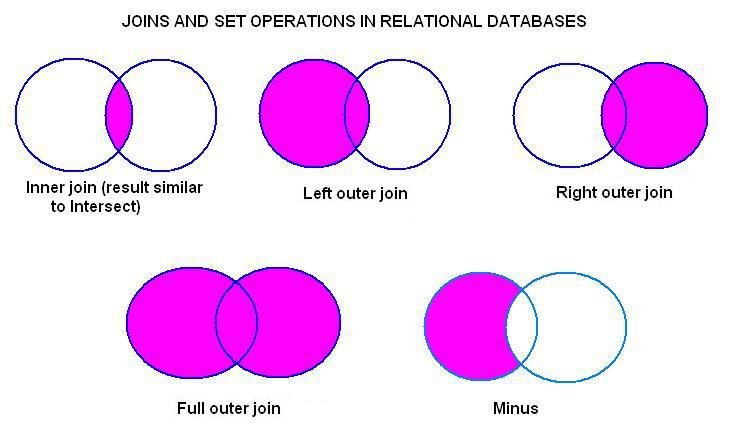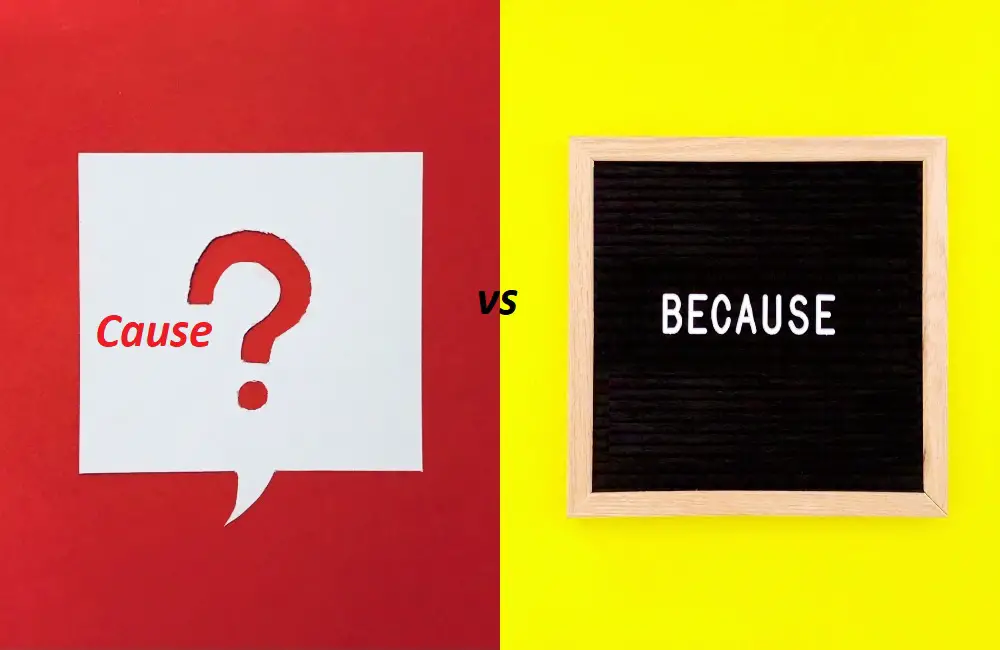Difference between Index and Table of Contents
Often, we skim through the table of contents and index of a book to analyze it. When we are looking up for something, both of these tools save up our energy and time.
Not only do readers benefit from this, but even writers might also check if they missed something.
Many confuse table of contents and index with being the same thing. If you are one of them, check out our index vs. table of contents comparison piece!
Index vs. Table of Contents: An Overview
The way the index and table of contents vary is how their information presentation differs.
Helping the readers better understand the organization of a document, the table of contents is a summary record of the book’s parts or chapters. The index contains relevant information about each part or chapter that might interest the readers.
What Is Index?

An index is an alphabetical list of topics containing references to pages to comprehend the written document better. Thus, without much effort to read the whole material, you can instantly find a particular keyword you are looking for.
The index can be generated manually using computer systems.
The index is usually placed at the end of a document not to interrupt its flow. Associated pointers indicate the section number or page number of the index.
The author puts the names of concepts or ideas, places, or people that might stimulate readers’ interest. Index length varies as per the number of pages – the ideal length is 4-6% of the document length. The key points or words are alphabetically arranged.
Its primary purpose is to give readers a gist of the information or an objective picture of the book’s contents.
What Is the Table of Contents?

The Table of Contents represents a list of sections or chapters often added to the document at the beginning. Usually, they are linked to a page where the primary information or section starts.
Even more, sub-headings, in the form of bullet points, can be added.
The chronology is not dependent on any alphabetical order. It is just the segmentation of the whole book or document that enables readers to source their information quickly and easily.
Whenever one feels like it, one can click or flip through the pages to go to the desired chapter.
As the table must contain all the chapters, it must be written at the end. Besides the actual content, it should have the beginning and ending content. By ending and beginning material, we mean the book’s additional pages like the abstract, glossary, preface, etc.
The table of contents is an important tool for readers to identify the book quality or for writers to know the uncovered or missing topics.
Main Differences between Index and Table of Contents

1. The index is found at the end of the document. On the other hand, the table of contents exists at the very beginning.
2. An index alphabetically arranges some keywords (places, topics, or names) from every chapter.
Conversely, a table of contents is a systemic categorization of the sections, including headings, sub-headings, and page numbers.
3. While the index follows an alphabetical sequence of words, the table of contents follows a chronological order.
4. An index can be formed without any page requirement. In contrast, a document must have a minimum of 10 pages to create a table of content.
5. An index can be longer than 2 pages, but a table of contents has a maximum of 2 pages, not more than that.
Recommended for You:
A Comparison Table of Index and Table of Contents
| Specifications for comparison | Index | Table of Contents |
| Definition | An index is the carrier of helpful information that indicates key terms or keywords within every chapter, marked with a page number. |
A table of content refers to an organized listing or division of chapters containing headings, sub-headings, and page numbers. |
| Order | Alphabetical | Sequential |
| Location | End of your document | In the beginning, after the title and cover page |
| Requirement | It has no specific requirement | The written document has to be more than 10 pages |
| Additional Pages | Not added to the list | Added to the list |
Conclusion
That’s a wrap for the index vs. table of contents analysis! Now you know how resourceful they are. Without them, anyone would face difficulties skimming through the pages to look for a particular topic.






